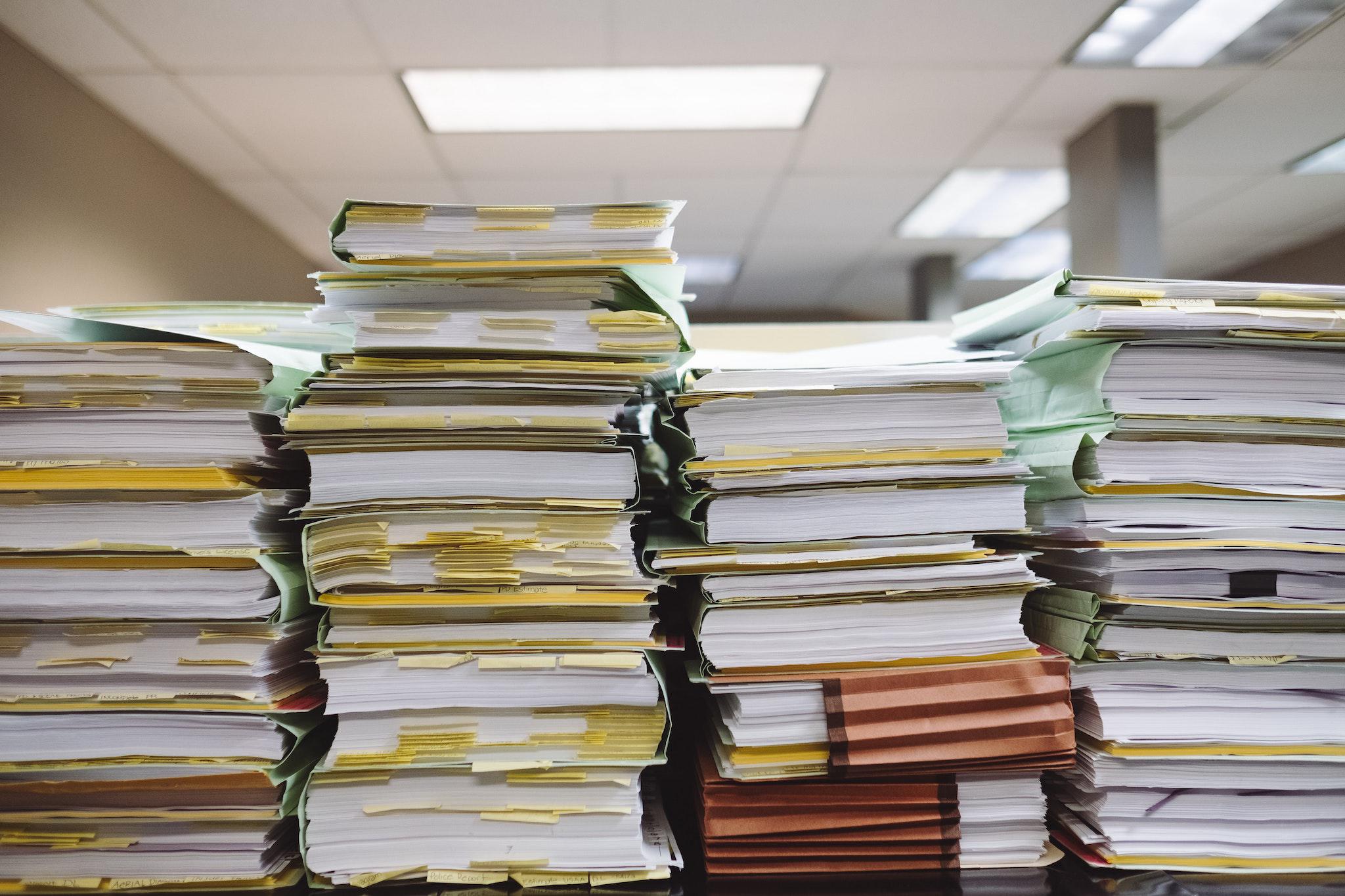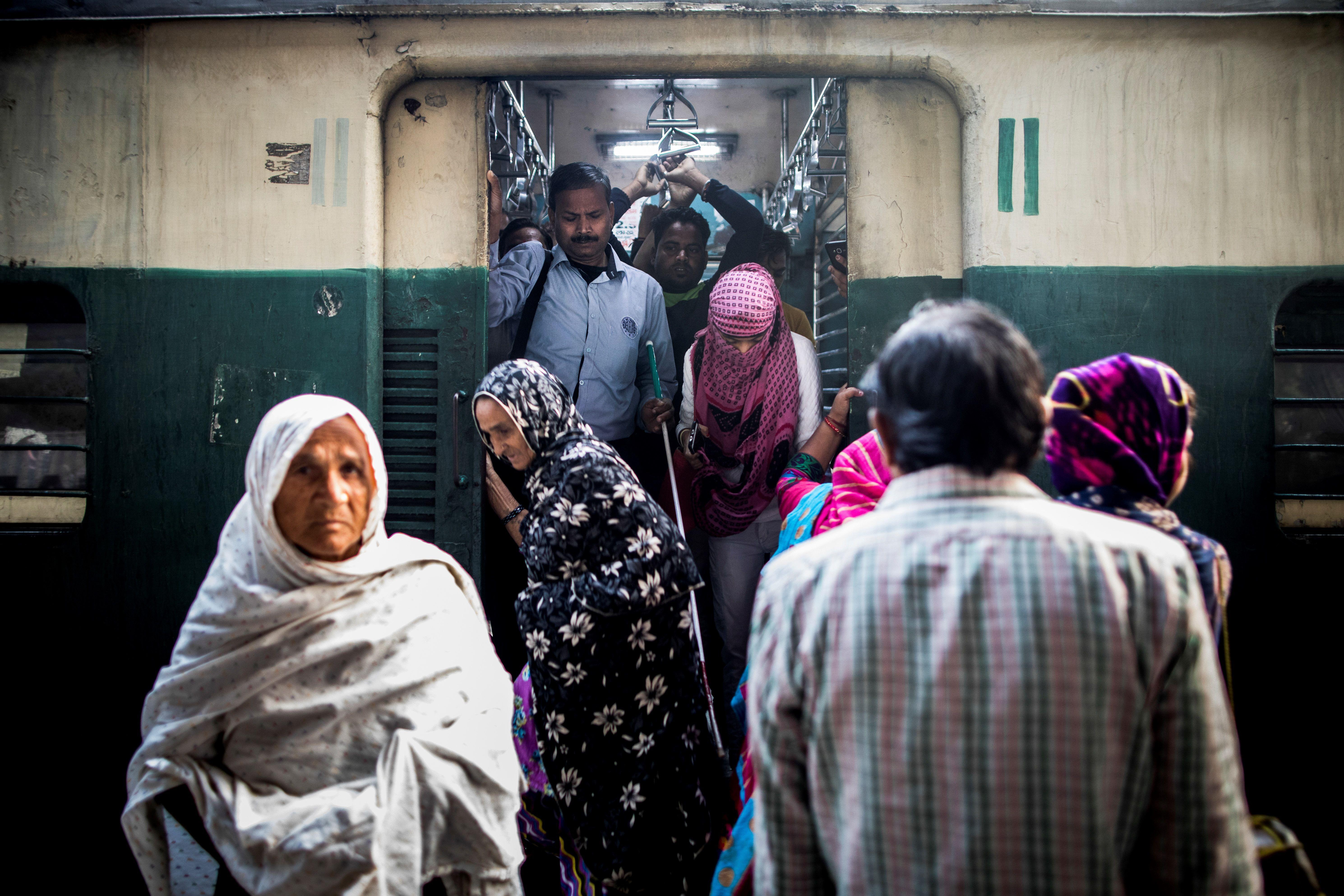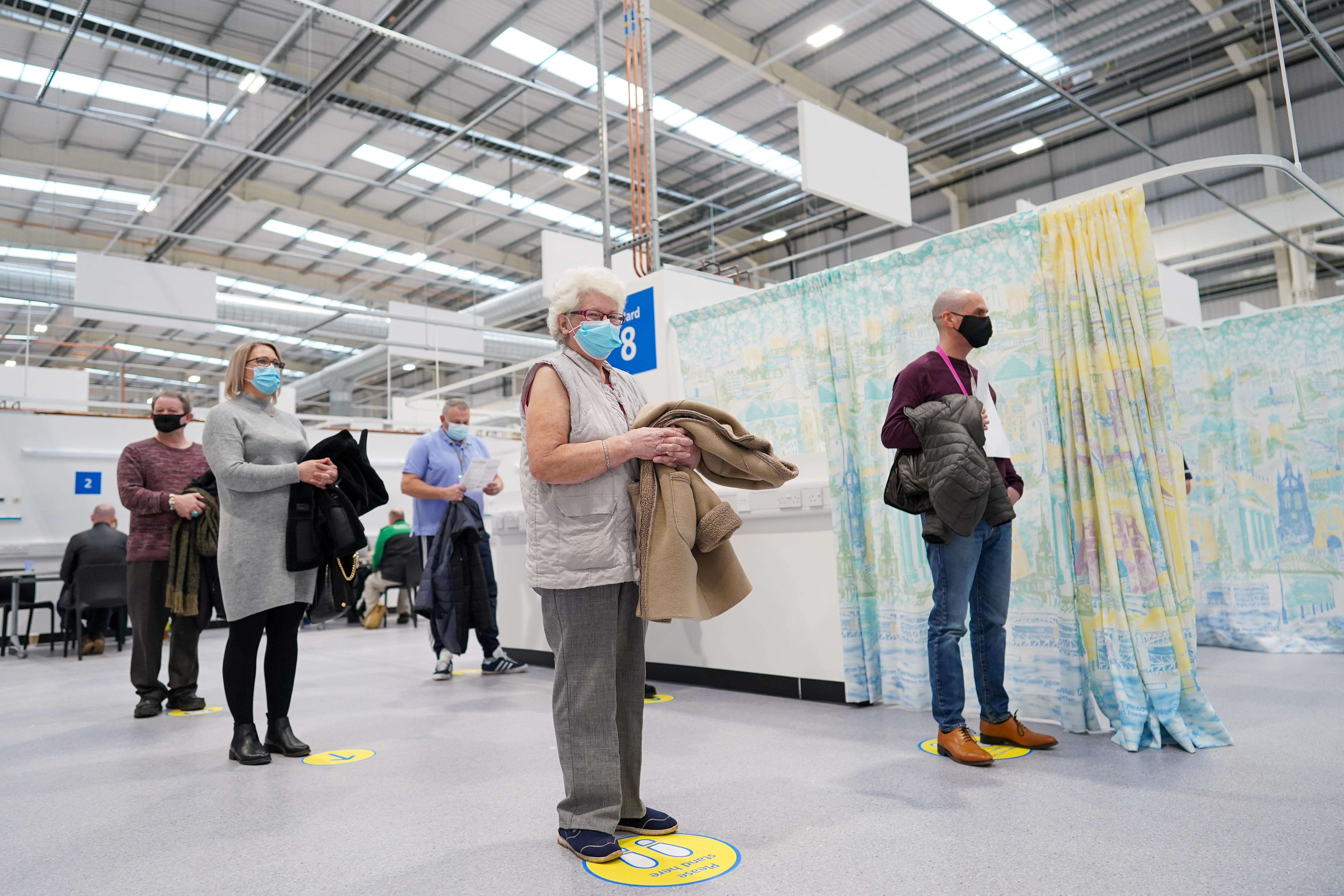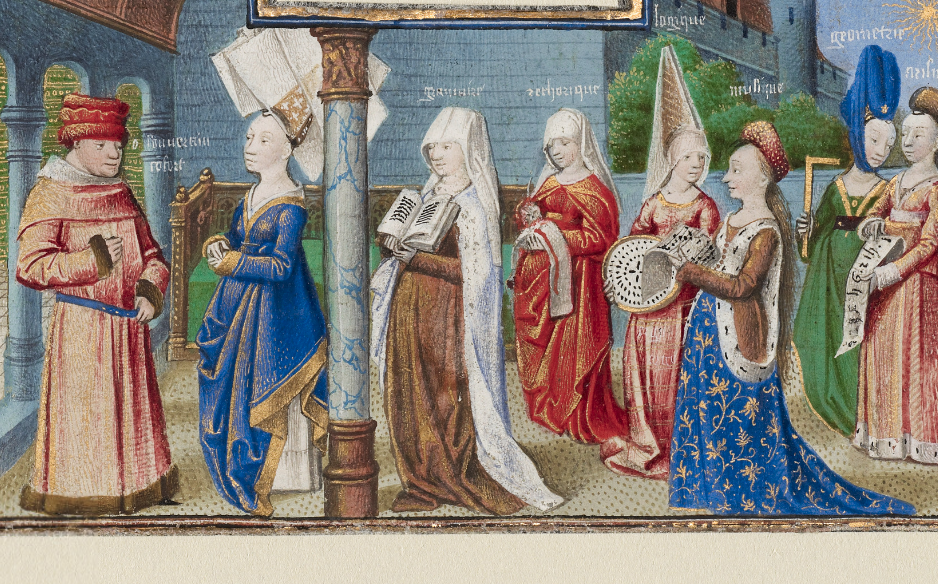Dr C. Nicole Mason was born in Los Angeles, raised by a beautiful but volatile 16-year-old single mother. Early on, she learned to navigate between an unpredictable home life and school where she excelled. Having figured out the college application process by eavesdropping on the few white kids in her predominantly Black and Latino school, and along with the help of a high school counselor, Mason eventually boarded a plane for Howard University, alone and with $200 in her pocket.
Mason found a path out of poverty – something that only 4% of America’s impoverished population are able to do. An alarming majority will never rise into the middle class, and so it seems that in the US, if you’re born poor, you stay poor. And no one is being very honest about this invisible caste system.
Mason is a vocal advocate against the presumption that the poor are poor simply because they don’t help themselves enough. “[In college] we heard a lot of things about welfare queens, people living off the system, not wanting to work, women being lazy, having multiple children. And that really wasn’t the reality for the women who were actually impoverished.” Mason found that the policies were detached from reality, and in fact the barriers built into the system (some intended to motivate people) – such as time limits, additional child penalties, and few provisions for childcare – were ineffective and suppressed social mobility. “What was excluded from that policy was a clear pathway out of poverty, like education,” she says.
When people think of poverty they think in terms of money and material resources, but a large part of being poor is suffering from a lack of social connections and networks, and living in a low-income area with no infrastructure that enables the leap up to the middle class.
If institutions and leaders want to support and elevate poor communities, Mason argues that they need to provide better infrastructure (like libraries, parks, good grocery stores, and hospitals) as well as bridging programs both within the community and, very importantly, outside of it, so people can get in contact with people outside of their normal social network. “We just need to be honest about what it really takes for everybody to have a fair shot at the American Dream,” she says.
Dr. C. Nicole Mason’s new book is Born Bright: A Young Girl’s Journey from Nothing to Something in America.
C. Nicole Mason: We’re not talking honestly about what it really takes to get from poverty to the middle class. So, for example, we know that only four percent of people who are born into poverty will ever make it to the upper middle class or to, you know, have middle class success. And so what that means is that 96 percent of people are not making it out. And I think we’re being dishonest when we say everybody has a fair and equal chance of achieving the American Dream. So it wasn’t until college that I figured out that I was poor. I hadn’t – before then I had no context for what it meant to have less than other people who lived around me or across town. And I certainly didn’t know that I was outside of what was considered the middle class. And the first time that I heard about people living in poverty was in a political science class. In there we were talking about welfare policies. And one of the big policies at the time was welfare reform. And the debate was raging about what should be done and a lot of the conversation was up here and really detached from the women and families that were going to be directly impacted by the policy.
So we heard a lot of things about welfare queens, people living off the system, not wanting to work, women being lazy, having multiple children. And that really wasn’t the reality for the women who were actually impoverished. And so when we look at the kind of policies that result – the kind of policy, the welfare reform policy that we got on the other end we got a policy that said well, you can’t – if you don’t work you can’t receive benefits. And you have time limits. And if you have another child you’re penalized. Those policies and that restrictiveness was counter to the everyday lived experiences of the women who were actually receiving the benefits. So what was excluded from that policy was a clear pathway out of poverty like education. There missing – in the very beginning there was very few provisions for childcare and a lot of other things that we know family and women need to be able to chart a path out of poverty.
When people think of poverty they think about money and resources and cash. But a big part of poverty is the lack of social connections and social networks. And what we know is that those social networks and connections are really powerful in terms of helping people to navigate complex institutions and structures. And for poor people those social networks are often missing. And when we talk about bridging from poverty to the middle class social networks and social capital that are really important to making that leap. And so when we talk about what can institutions and leaders do to support that it’s really important to make sure that children and people in low income neighborhoods have ample access to bridge opportunities meaning opportunities outside of their community, that they’re engaged in programs not only within their community but outside of their community that connect them to people outside of their normal social network. What we need to do is be working together across class, across race and across all these markers of difference to figure out what are the connections? How might we support one another? And looking at the richness of what each of us bring to the table as opposed to assuming there’s a deficit coming from one end.
The poor housing, the poor quality schools, the infrastructure, the lack of libraries and institutions in communities and hospitals and high unemployment. We’re not talking about how those things are barriers in and of themselves to people escaping poverty. And so when those things are absent from communities people are rightly preoccupied with securing those things. And we’re not having that conversation about what does it really look like for a community to be thriving. We know what it looks like. We’ve seen it, you know. We know that communities that have great schools, low levels of unemployment, low levels of crime, high civic engagement, great grocery stores and banks. Those communities are doing well. The people and the kids in those communities are doing well. And when those things are absent we know that the communities are not working and that people are struggling. And so we just need to be honest about what it really takes for everybody to have a fair shot at the American Dream.







